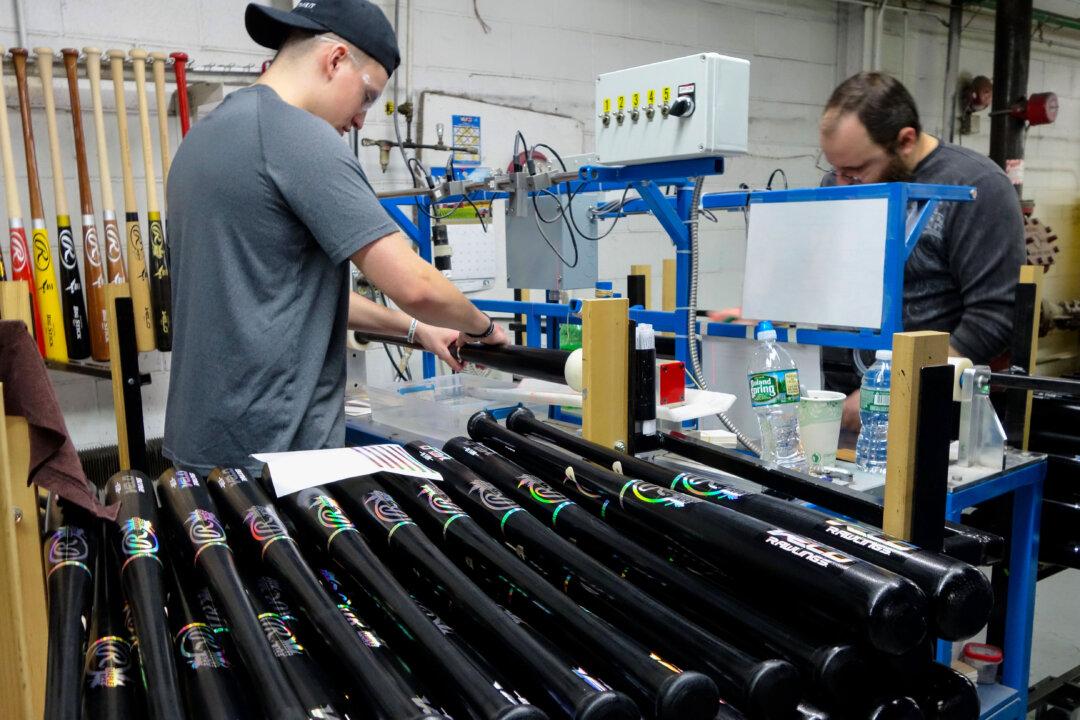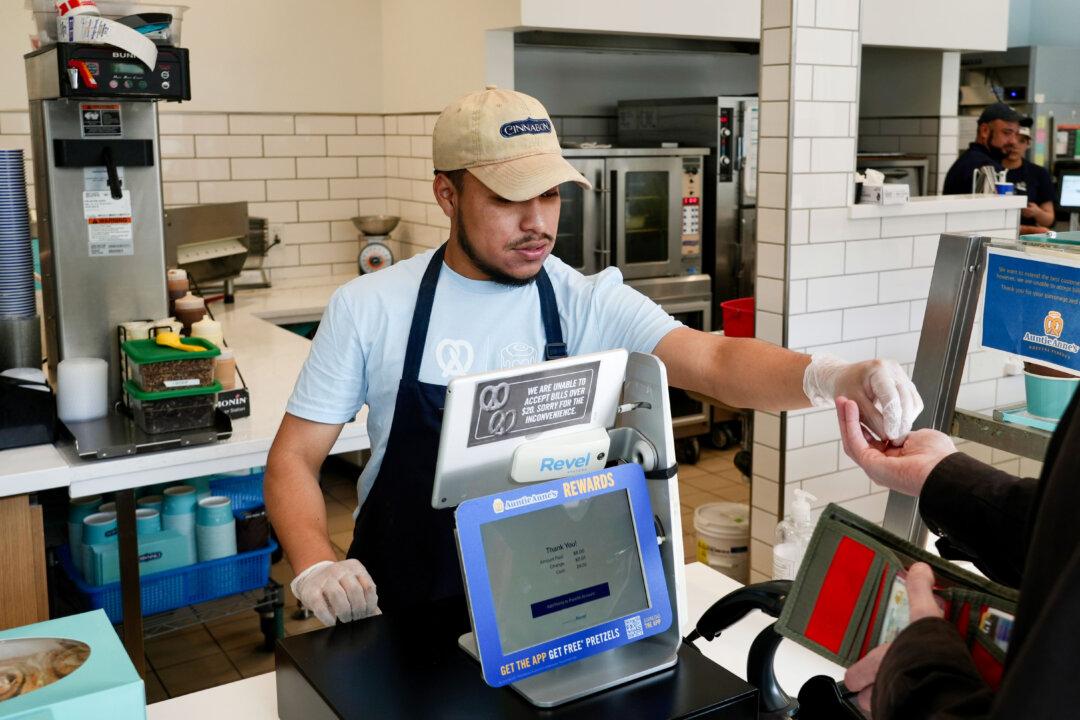Deepfakes, or synthetic digital media created by generative artificial intelligence (AI), are increasingly keeping business executives up at night, according to a new survey published on Sept. 17 by Deloitte Consulting.
The poll response shows that more than half of C-suite and other executives (51.6 percent) are anticipating an increase in deepfake attacks on their companies, focused on financial and accounting data, over the next year.





